The Moroccan tradition of spiced mint tea
- Redouane Ouadi

- Oct 2, 2022
- 4 min read
Moroccans have been drinking tea since the 12th century BC. There are many theories on how tea came to be in the Maghreb. Others contend that Queen Anne Stuart of Great Britain introduced tea to the Moroccan Sultan as a ruse to free British prisoners. Some claim that the Berbers (Amazigh) imported tea from Asia.
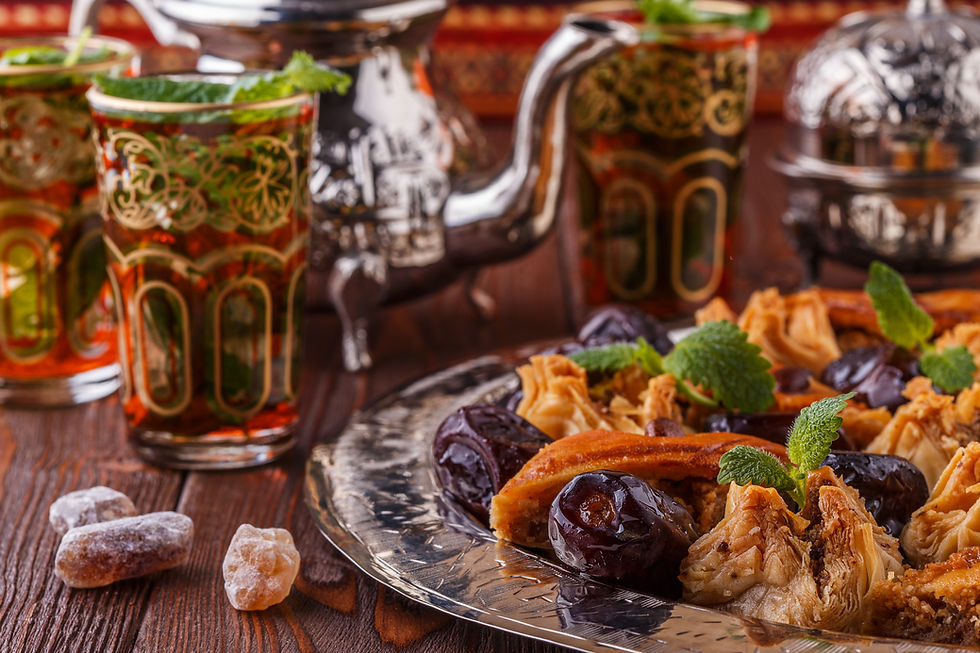
Moroccan mint tea: A hallmark of Arab hospitality
One of the cornerstones of Moroccan culture is Moroccan mint tea, often known as "Berber Whiskey" or Maghrebi Mint Tea. In Morocco, people drink tea all day long. Moroccans drink tea when they welcome guests into their homes, commemorate a birth, a wedding, or a death, and enjoy meals together.
In Morocco, tea is sipped gently 20 or even 30 times every day! It is considered impolite in many cultures to decline an offer of tea. It is considered disrespectful to decline Moroccan tea because many people view it as a social occasion. Morocco is home to various tales about tea, but one thing that all Moroccans agree on is that the practice is a uniquely Moroccan art form.
How did mint tea come to be associated with Moroccan culture?
Athay, as tea is known in Morocco, is an essential component of Moroccan culture and food. However, it is unknown how tea came to be so revered in this nation.
The Phoenicians, who lived in Morocco's north for more than 800 years beginning in the 12th century BC, may have been involved in introducing tea rituals to Morocco. The Berbers may have brought tea to Morocco after leaving their ancestral home in Asia.
Alternate theory hypothesize thatSpain and Portugal may have introduced the beverage through their efforts to conquer the nation. Britain could have even started the centuries-old Moroccan tradition of drinking tea, which is a true staple of Moroccan life and identity, in the 18th century.
Time-honoured tea rituals and ceremonies in Morocco
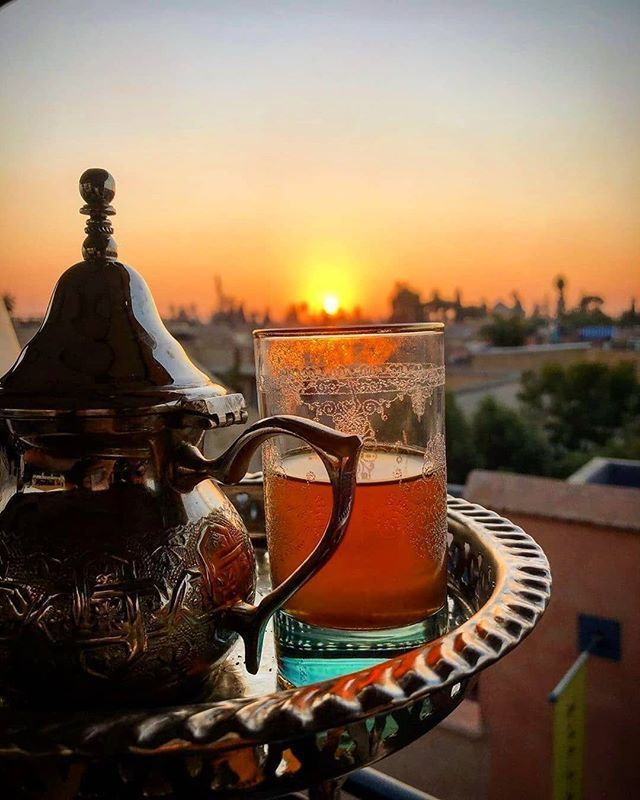
Whatever the tale, there is no denying the significance of tea in Morocco, particularly Maghrebi mint tea. Every cup has a symbolic meaning and conveys the warmth and generosity of the Moroccan people as it is consumed at any time of day to end a variety of meals.
Because of this, sipping tea in Morocco can become a ceremonial occasion, with incense burning to purify the air and music playing to let people thoroughly enjoy the experience. To ensure that the body fully absorbs the flavor of a comforting, bubbly glass of hot Moroccan tea, one's hands can be cleansed in orange blossom water before taking a sip.
Tea preparation is a high art form, and an act of service
According to Redouane Ouadi, a native of Morocco and the founder of Diamond Transfers and Tours, "The preparation, service, and act of sipping tea in Morocco, is not simply about heating the water and adding the mint. Creation of Moroccan tea is a part of our cultural heritage, and is as much a work of art as our ornate carvings, intricate mosaics, or delicate Arabic brush calligraphy."
What are the secret ingredients of delicious Moroccan mint tea?
A fragrant bushel of fresh mint, water, sugar, and gunpowder tea, a sort of tightly rolled Chinese green tea that swells when combined with water, is the traditional component of Moroccan tea.
However, during the colder months, Moroccan tea can be prepared with absinthe leaves, sage, verbena, and marjoram. Sometimes the tea is completed with brilliant orange blooms that float among the unique foam.
Traditional Moroccan tea is served in a glass after being prepared on a silver tray with a beautiful, lavish silver teapot, and each step before serving is done to enhance the tea's flavor. It is a lengthy process that should never be hurried through without careful ceremony.
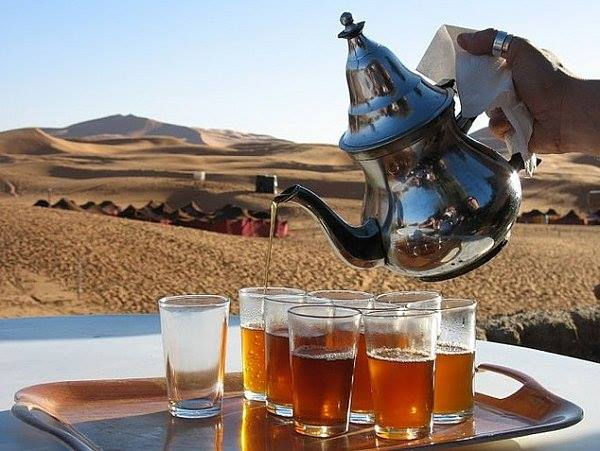
Proper steeping of the tea is important to achieve the most potent blend of flavour and aroma
Gunpowder tea is put to the teapot after it has been heated with boiling water and is then set aside to steep. The tea is initially poured into a glass once its flavor has been released. The spirit of the tea is the name given to this first pour. The first burst of flavor from the tea leaves is now released and then poured back into the teapot.
This ritual is repeated several times to achieve the ideal blend of sweet and minty flavors.
Why is Moroccan tea poured from a height?
It is said that pouring tea from a height causes the tea to chill, aerates the water through the bubbles that form after the tea is poured, or gives the tea texture through the tiny bubbles that distinguish each sip.
The final step of the tea ceremony involves serving it from a height, which may be quite theatrical and call for artistic flair that never fails to astound the people being served.
It is said that pouring tea from a height causes the tea to chill, aerates the water through the bubbles that form after the tea is run, or give the tea texture through the tiny bubbles that distinguish each sip.
A glass of Moroccan tea will always be handy if you visit Morocco as a guest.






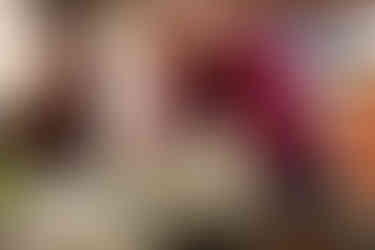












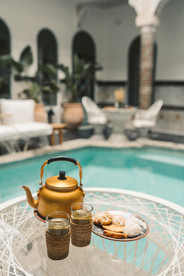


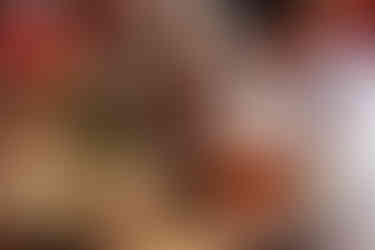

















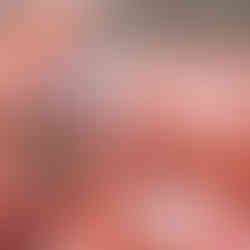



























Kommentare